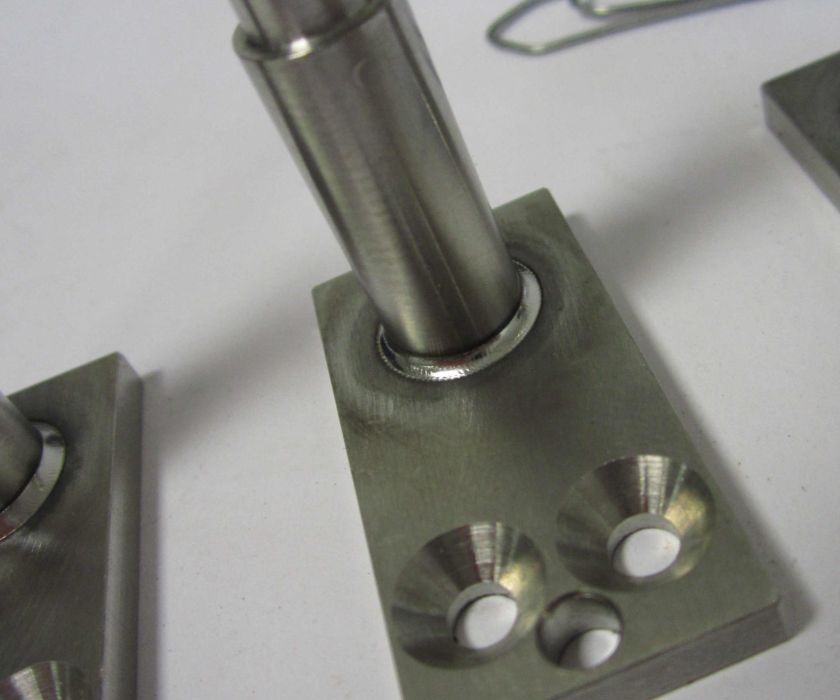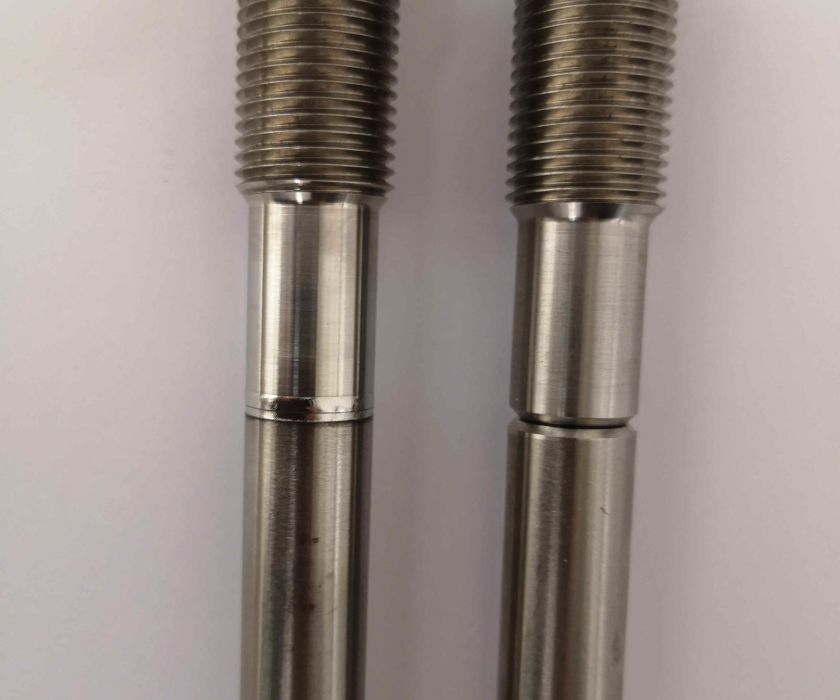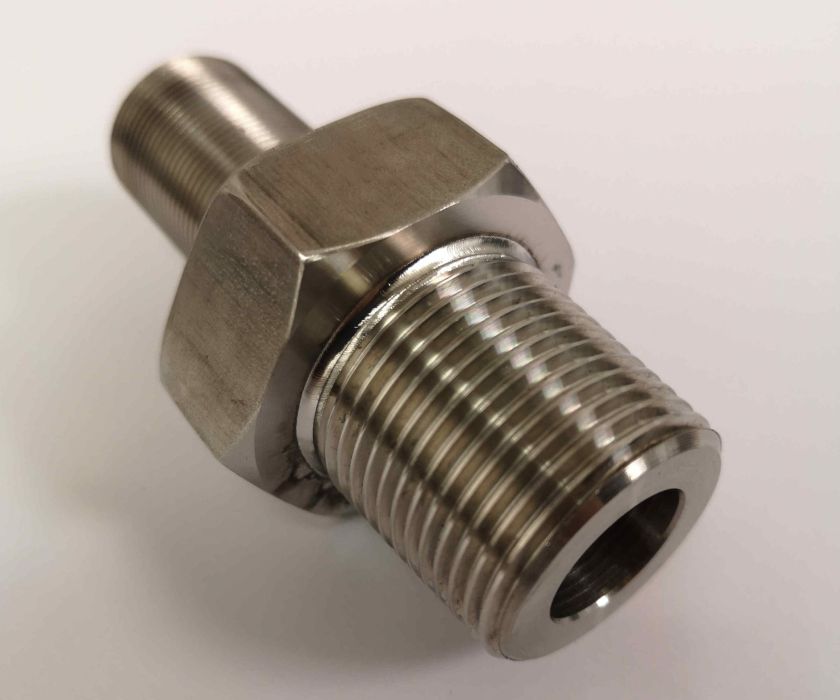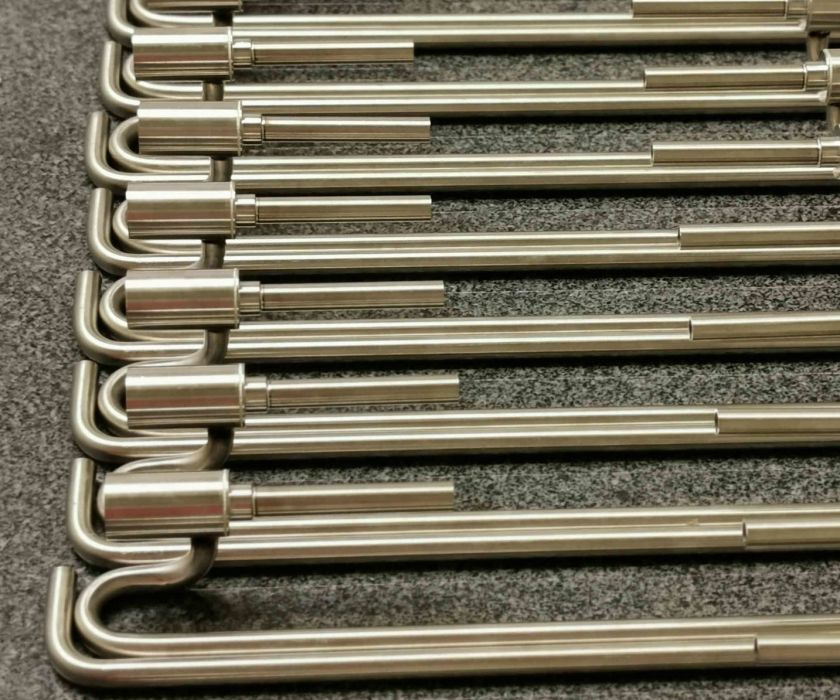Stainless steel welding
Can stainless steel be welded? Yes, but it depends on many different factors.
Stainless steels are generally understood to be high-alloy, corrosion-resistant steels. When the chromium content is at least 12%, the steel becomes inert to corrosion. An additional increase in chromium content, as well as other alloying elements – such as nickel or molybdenum – also make the steel resistant to a number of acids.
Our goal in stainless steel welding is to achieve a welded joint that, as far as possible, exhibits all the properties of the unaffected base material. To achieve this, we primarily use the latest laser technology, fully and partially automated.
Our many years of experience, as well as our participation in a wide variety of research projects, distinguish us from others:
We weld not only tool steels and spring steels, but ALMOST ALL chrome-nickel steels / stainless steels.
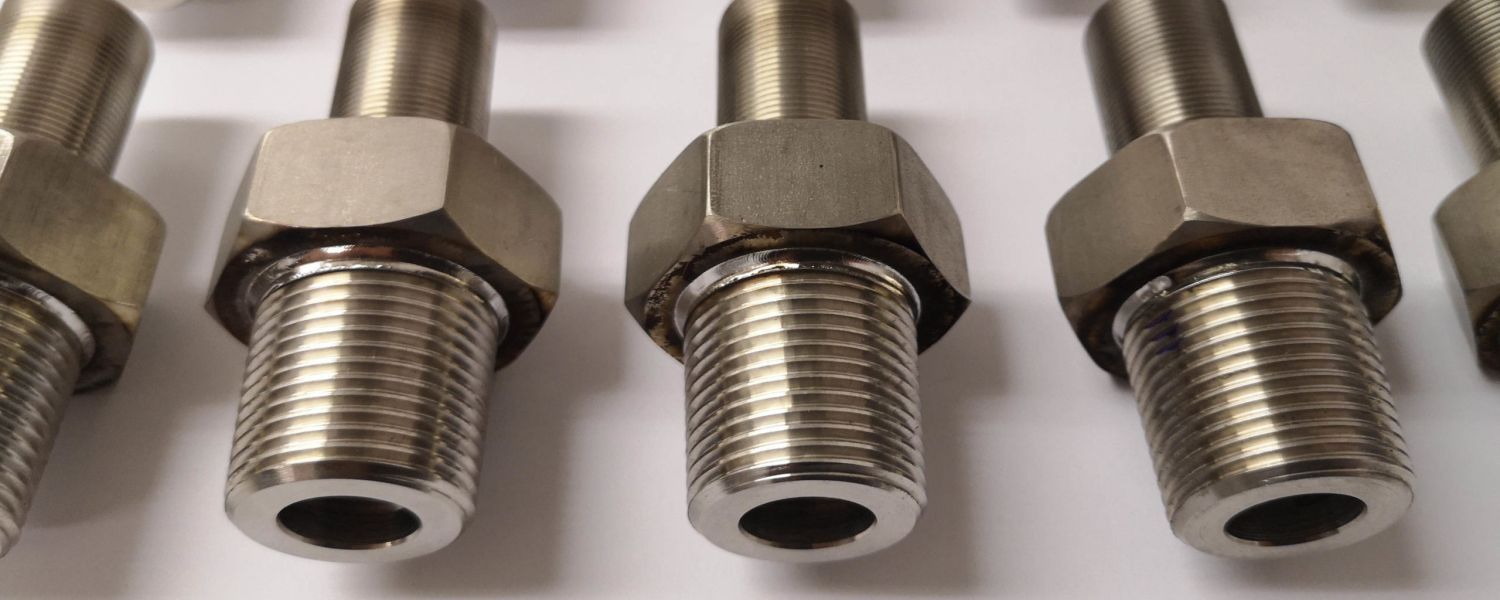
Classification
There are various subgroups of stainless steels that are weldable: e.g. chrome-nickel steels, tool steels or spring steels.
Micro seams
Fits in the range of hundredths: fine welds in the range of up to 0.05 millimeters.
Gas-tight
We test your seams for tightness by means of a helium leak test.
We weld the following stainless steel alloys
1.4301
1.4303
1.4404
1.4460
1.4462
1.4571
and many more.
The history of stainless steel
About 110 years ago, it was discovered that steels alloyed with chromium have an increased resistance to corrosion. In 1912, the Krupp company filed a patent with the designation V2A, a high-alloy steel with 0.12% carbon, 18% chromium, and 8% nickel.
Based on this steel with the short designation X12CrNi18-8 and the material number 1.4300, a large number of corrosion-resistant stainless steels have been developed.
We have made it our business to be able to weld all these corrosion-resistant steels by means of laser technology.
Difficulty in welding
When welding corrosion-resistant stainless steels, great care and precision must be taken to ensure cleanliness. Processing tools must not be interchanged or come into contact with other ferritic steels.
In addition, close attention must be paid to shielding gas coverage. This includes the cooling of the inert shielding gas cover, because any slightest defect will otherwise lead to either chromium depletion and/or intergranular corrosion (caution: not visually detectable from the outside).
An inevitable consequence would be the failure of the component.
Work examples stainless steel welding:
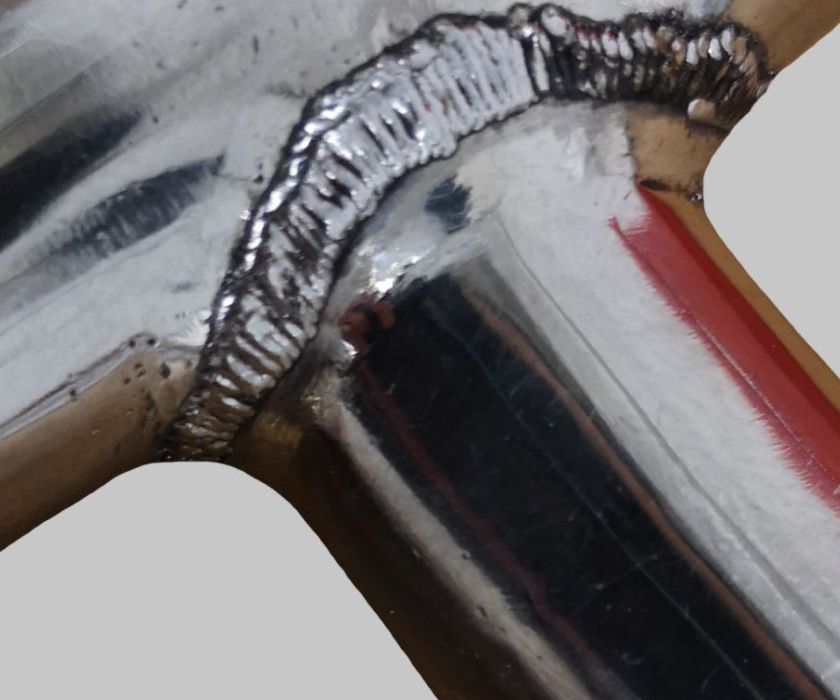
Chrome-plated water guide
Suitable welding filler metals and highly precise heat input also saved this vintage component.
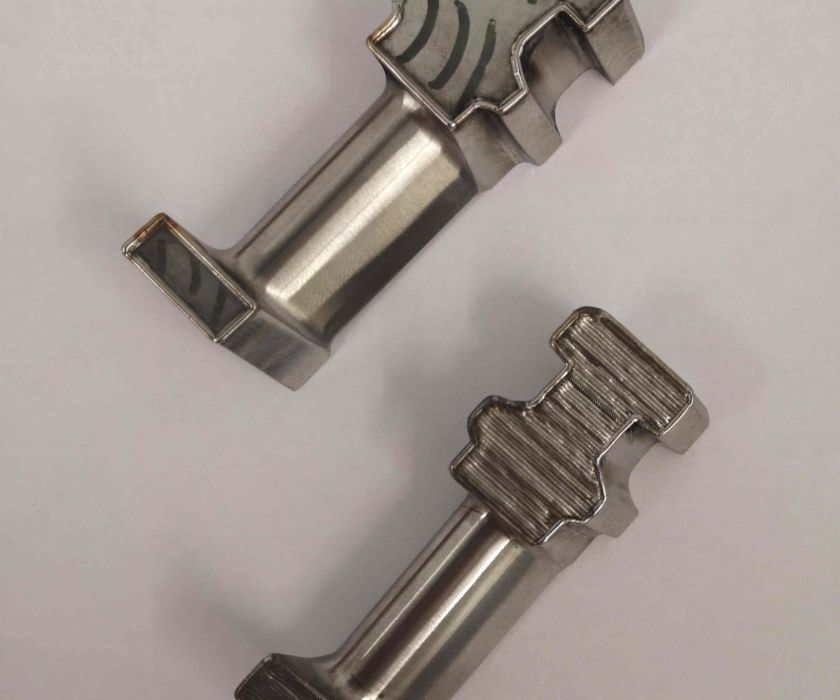
Blade surfaces 1.4923
Urgent overhaul work on a gas turbine. Welding of high-temperature resistant filler material.
Industries for which we weld stainless steel:
Fitting construction
For example:
- New part fabrication of thermo cans.
- New part production of measuring lances and measuring probes.
Medical technology
For example:
- New part production of endoscopic components, surgical instruments, etc.
Electronics
For example:
- New part production of cooling valves.
- New part production of electronic boxes.
